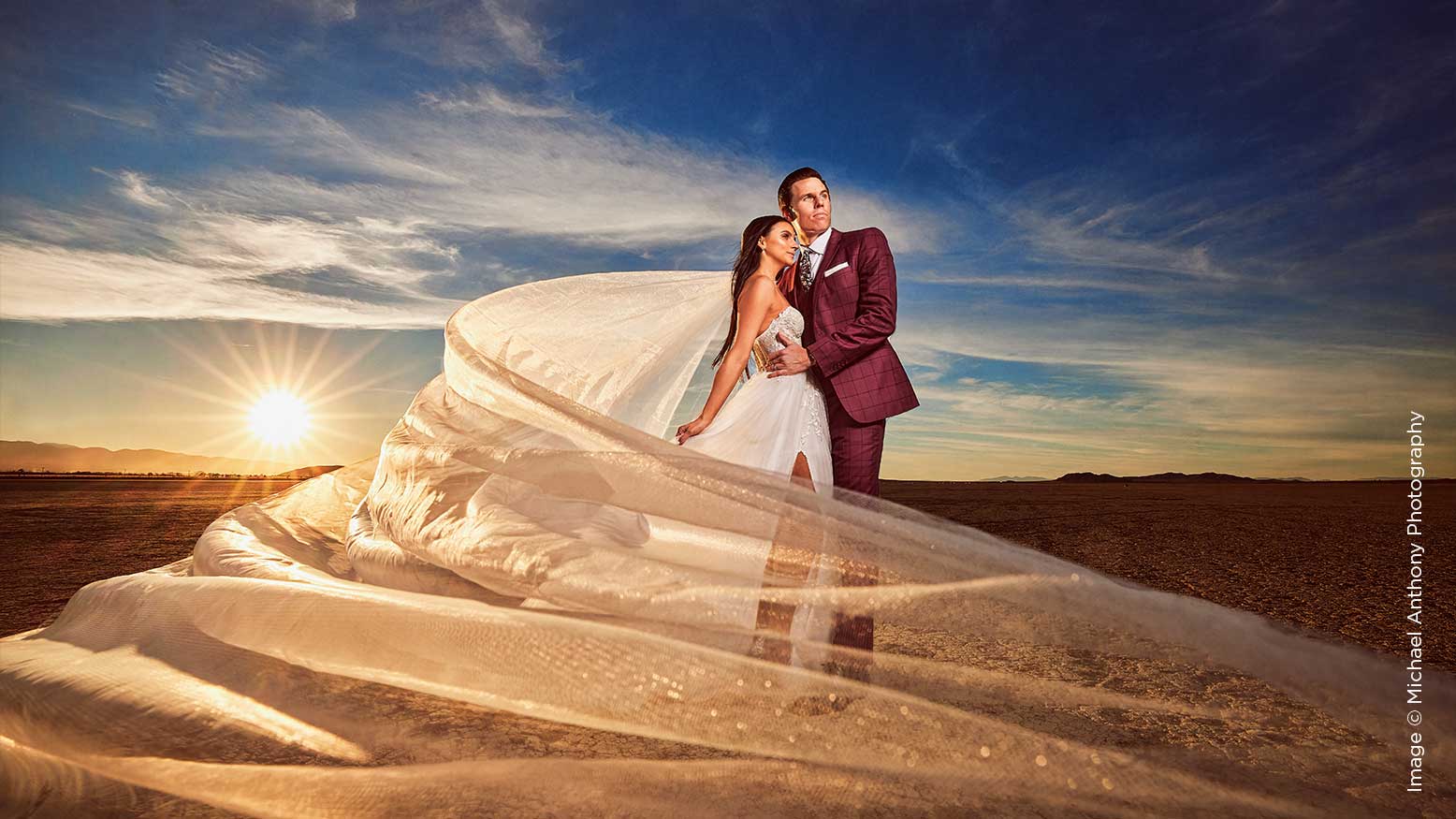Capture One Pro 21 — Is It Time to Switch? with Michael Anthony
As photographers, we are often faced with important decisions to make, depending on where we are in our careers.
A photographer just starting out is likely to weigh most of their decisions based on how it affects their style and art. A photographer that has a high-volume studio will likely make their decisions based on efficiency and financial impact.
Sometimes, although it is rare, a decision is made that can positively impact both the art and the financial aspects of a busy studio.
Since I started in photography, our studio has used Adobe Lightroom. In fact, most wedding photography studios have used Lightroom as well since Apple’s Aperture was discontinued back in 2014. Unfortunately for everyone, lack of competition is never a good thing, as Adobe had no incentive to improve Lightroom.
Don’t get me wrong, Adobe has added some new features in the last six years, but the most useful performance upgrades were not even thought about until Capture Integration’s Capture One began adding tools to help photographers get through a high volume of images.
Over the years, Capture One Pro, although built on a seemingly much speedier platform, lacked basic features that helped photographers quickly edit a set of images.
However, starting last year with version 20, Capture One made significant improvements to the platform, adding GPU integration to speed up workflow along with a host of other tools like improved noise reduction, better workspace customization, and an improved crop tool.
Speed
Capture One 21 made even more improvements, but the main one that caught my attention was the new speed edits.
By holding down a button, you can now use your mouse to quickly adjust a set of images in unison. For those of you editing sessions yourself, this will save you a ton of time, guaranteed.





